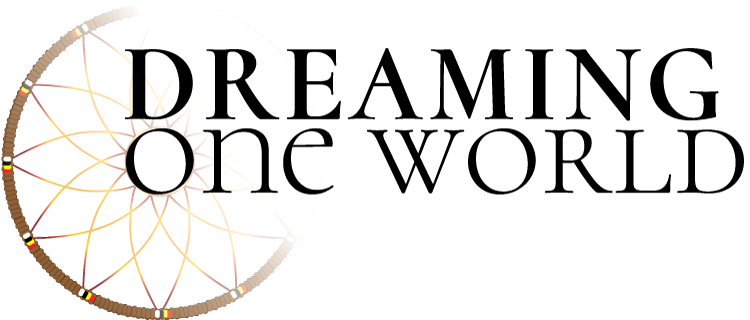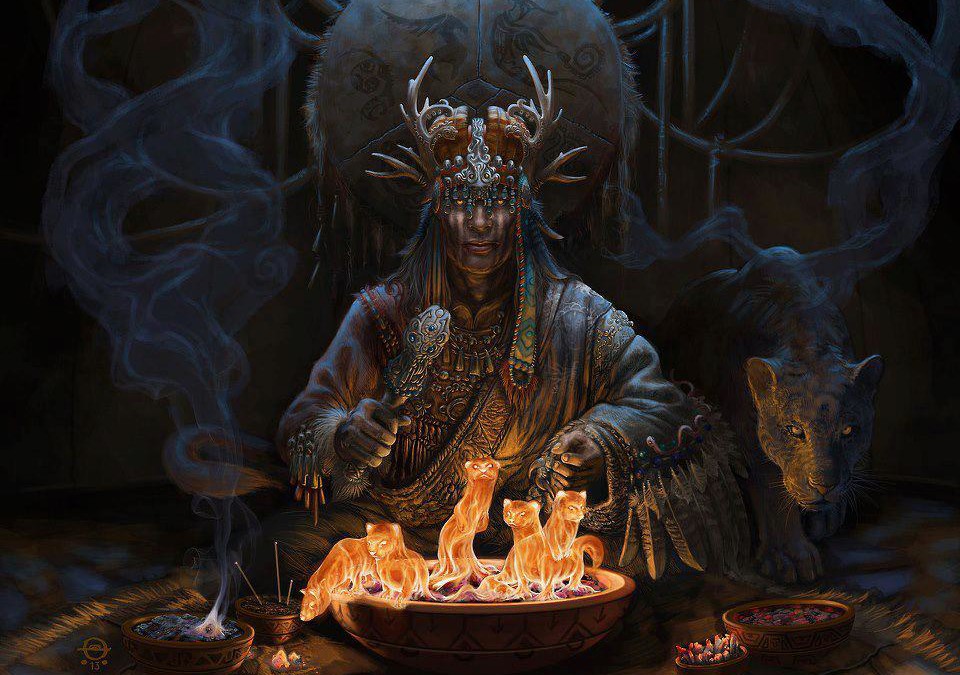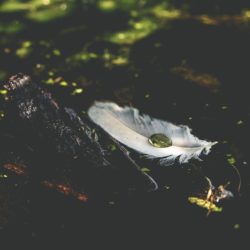“Humans are a part of creation and shamanism is our way of connecting with the whole.” Will Adcock
My first teacher, a Lakota medicine man, did not believe in the use of any psychedelics, not even peyote like other Lakota. As a Sundancer of 25 years he said he didn’t need peyote to see spirit or to be a medicine man and said that his connection with spirit was between him and spirit. You would find that about half of the Lakota say the same thing, while the other half who use peyote would disagree. Some would even go as far as saying that one of the reasons the Lakota people are having so many problems is because they have taken a medicine that was not theirs; peyote traditionally comes from the Diné and the Huichol of Mexico.
Neither belief is wrong or right, just a matter of opinion. Both are powerful in their own right.
One key element to shamanism is the ability to enter trance states in order to connect with the spirit world. When entering this state the shaman is able to receive messages about the patient they are treating or about a particular situation. In the ancient days, the shaman or medicine man/woman was recognized for their special divinatory abilities and relied upon to guide their people, heal the sick, predict the weather, perform ceremonies honoring the spirits and ancestors, and to maintain the proper balance between nature and the peoples. Today, initiated shaman do very much the same work.
Trance states can be initiated in several ways with or without psychedelics. Some traditions deprive themselves of food and water for long periods of time as they pray and sing to the spirits inducing an altered state; others utilize sacred drumming, chanting, rattling, or breathing. These practices are said to open us up to the heart beat of the earth and the cosmos allowing us to connect to the world of spirit. Many traditions have particular ceremonies that are used for certain types of healings that have been passed onto them by other medicine men/woman to keep these traditions alive. Some of these sacred ceremonies are not talked about openly out of respect for the peoples who carry this medicine.
On the other spectrum, we have shaman who possess detailed knowledge about a wide variety of mind altering substances commonly called “plant medicines” because they are recognized for their unique biochemical makeup that not only induces altered states of awareness but also have a wide array of healing properties for the spiritual-mental-physical-emotional bodies. Ayahuasca, peyote, and san pedro are some of the most commonly used plants in this type of spiritual work but there is a whole pharmacopeia of plants that can be used for other reasons as well.
These plant medicines are believed to have an actual spirit and a consciousness that can communicate with us through visions, images, sounds, language, beings, and intuition to relay messages to us to help us in our lives. It is said that these plants truly want us to remember who we are and what our purpose is on this planet so that we can begin healing once again. They are also considered to be “teacher plants” because they possess an ancient knowledge beyond ours that can teach us what the elders before us knew so we can learn to live again in harmony and balance with the earth. Although these plants are normally called psychedelics, when used in a spiritual or shamanic setting they are termed entheogens.
Shaman who work with medicine plants have a similar practice to other traditions in that they refrain from eating food for many days at a time, or have only very small portions of bland food, in order to connect with the spirit of the plant and the other spirits who come to provide assistance.
Regardless of what type of work is performed, extensive training and initiation work is required for the shaman to truly do powerful work and it could take years before he/she is in a place to be of service to others.
In Conclusion
With or without the use of plant medicines the shaman are able to work with the many spirits they have created a relationship with to heal their patients. Both practices require a deep commitment and strict adherence to dietary and lifestyle restrictions and ceremonies that vary tradition to tradition.
Which is more powerful you might ask? It’s hard to say. If you have the fortunate chance of meeting a real Shaman you will get exactly what you are ready and need to receive. The ceremonies are, without a doubt, performed differently but the end result is often the same. Both work with spirit-mind-body and both use spirits to guide them in their work. Every Shaman-Curandero-Ayahuasquero-Peyotero-Huachumero has their own unique skill set they work with and each has a unique background they come from that adds to their medicine.



